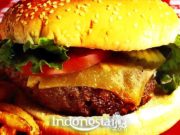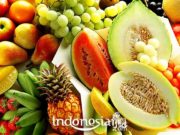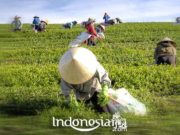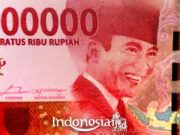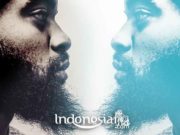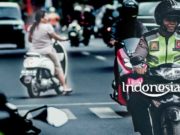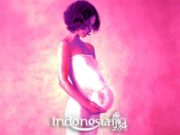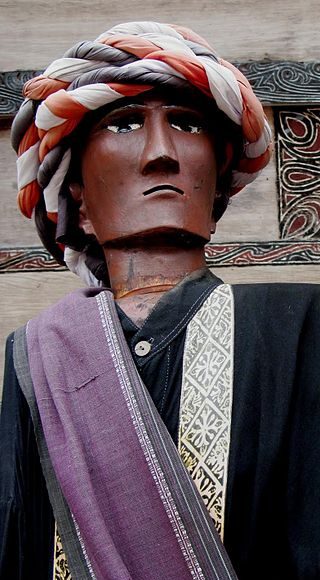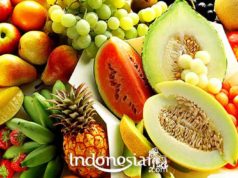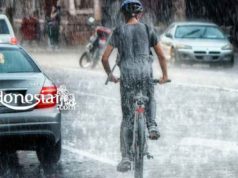In ancient times, Kota Medan was known as Tanah Deli and its land was swampy with about 4000 Ha. Several rivers cross this Medan City and all flow into the Straits of Malacca. The rivers are Sei Deli, Sei Babura, Sei Sikambing, Sei Putih, Sei Badra, Sei Belawan and Sei Sulang Saling / Sei Kera.
Initially, the one who opened the village of Medan was Guru Patimpus located in Tanah Deli, so since the colonial era people have always linked Medan with Deli (Medan-Deli). After a long period of independence, the term Medan Deli gradually disappeared until it became less popular. People used to name the Deli Land from the Snake River (Deli Serdang) to the Wampu River in Langkat while the Deli Sultanate that was in power at that time did not include the area between the two rivers.
The overall soil type in Deli province consists of clay, sand, mixed soils, black soil, brown soil and red soil. This is a study from Van Hissink in 1900 continued by Vriens research in 1910 that in addition to the type of soil as before there are also found specific types of clay. It was this clay during the Dutch occupation in a place called Bakaran Batu (now Medan Tenggara or Menteng) that people burned high quality bricks and one of the brick factories at that time was Deli Klei.
Regarding rainfall in Tanah Deli is classified into two types namely: Maximum Main and Additional Maximum. Maximum Maximum occurs in October to December while Maximum Maximum between January to September. In detail, rainfall in Medan averages 2000 years per year with an average intensity of 4.4 mm / hour. According to Volker in 1860 Medan is still a jungle and here and there, especially at the mouth of the river interspersed with settlements of people from Karo and the Malayan peninsula. In 1863 the Dutch began to open the Tobacco plantation in Deli which had become the prima donna of Deli Land. Since then, the economy has continued to grow until Medan became the center of government and economy in North Sumatra.
Source : pemkomedan


